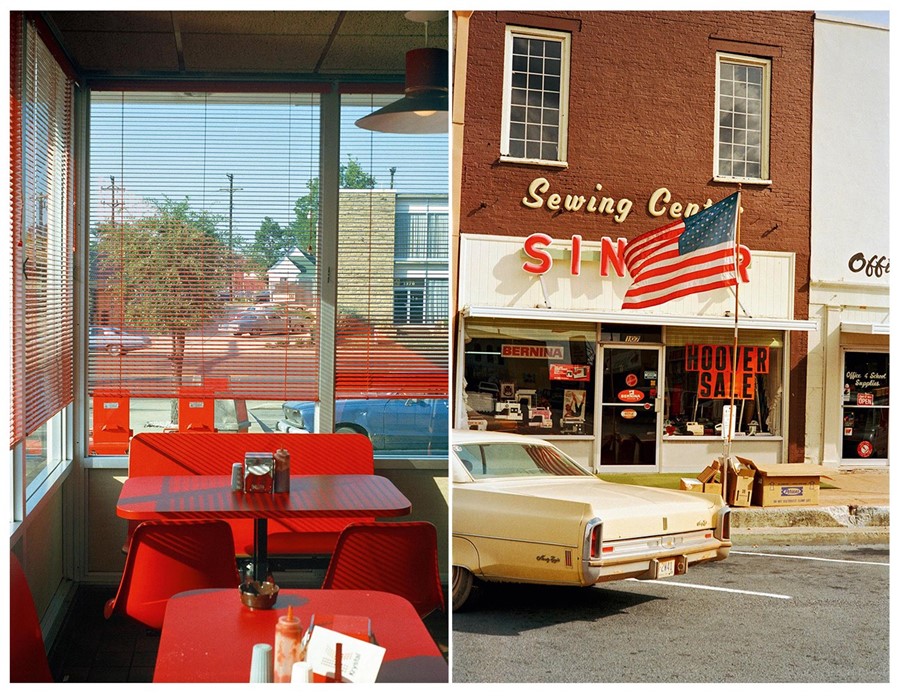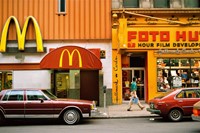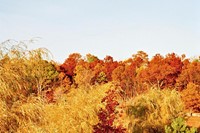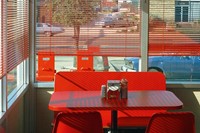As a new edition of Eggleston's iconic photobook, The Democratic Forest, is published, we consider the defining role it played in shaping his career and aesthetic
Who? In the mid-1980s, American master of colour photography William Eggleston took a trip to Oxford, Mississippi by car, making a stop along the way to take pictures of the surrounding countryside. "It was the time of year when the landscape wasn't yet green," he explains to Mark Holborn in the afterward of his book The Democratic Forest. "I left the car and walked into the dead leaves off the road. It was one of those occasions when there was no picture there [but] I started forcing myself to take pictures of the earth, where it had been eroded 30 or 40 feet from the road...[and] I began to realize that soon I was taking some pretty good pictures, so I went further into the woods and up a little hill, and got well into an entire roll of film."
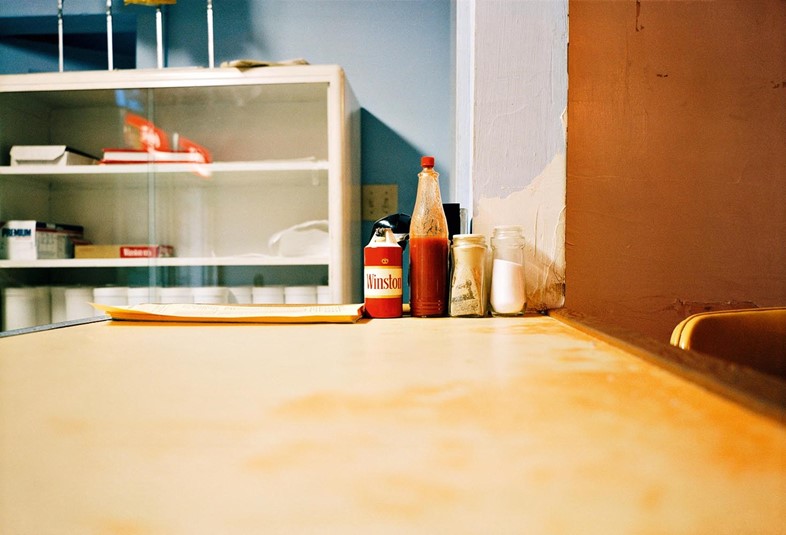
Amazingly, this small venture through a bare forest would go on to spark a pivotal revelation for Eggleston. Later that evening, while having dinner with friends in Oxford, the photographer was asked what he'd been capturing that day. "Well, I've been photographing democratically," he replied. "But what have you been taking pictures of?" they pressed. "I've been outdoors, nowhere, in nothing." It was then that inspiration struck: "I was treating things democratically, which of course didn't mean a thing to the people I was talking to. I already had different, massive series. I had been to Berlin and to Pittsburgh and completed huge bodies of work. From that moment everything from the boxes of thousands of prints made cohesive sense for the first time."
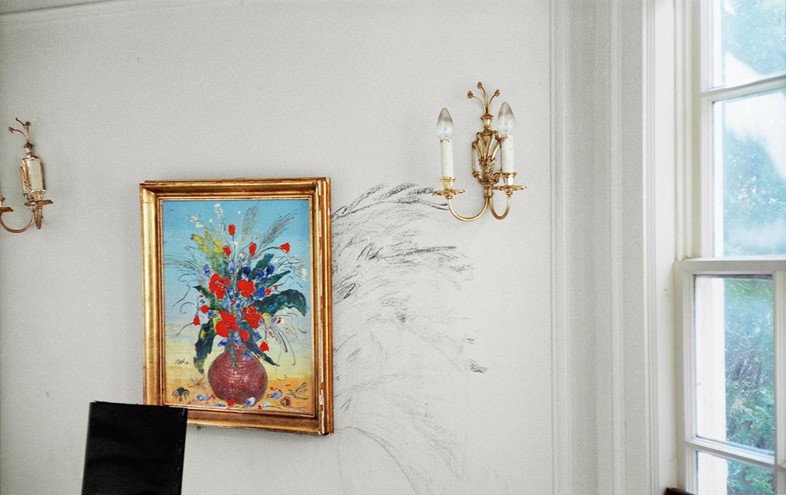
What? The result of this brainwave was the aforementioned publication, first released in 1988 in a ten-volume set containing more than 1,000 photographs. All of the images were taken by Eggleston between 1983 and 1986 and vary greatly in subject matter – some were taken during a stint in post-war Berlin, others in the familiar territory of Memphis and Tennessee; some indoors, others outside. What links them all however – aside from a typically Egglestonian abundance of sublime lighting and saturated hues – is their notable elevation of everyday subjects to the status of artworks, remarkable in both depth and complexity. A tripartite candlestick, surrounded by laurel leaves, cuts a majestic dash atop a mahogany table, its dangling, cut glass pendants glistening in the sunlight; a blue plastic picnic table reflects its humble surroundings with lake-like elegance; a quartet of condiments stand in a neat row, as erect and poised as a police line-up.

Why? Happily for fans of the photographer, this month marks the release of a brand new edition of the coveted book, published by Steidl. The beautifully bound set is important not only for its extensive scope and insight into Eggleston's practice, but also in its embodiment of the artist's photographic principles with regards to form and subject matter. As he explains in the afterward, "I am afraid that there are more people than I can imagine who can go no further than appreciating a picture that is a rectangle with an object in the middle of it, which they can identify. They don't care what is around the object as long as nothing interferes with the object itself, right in the centre. The blindness is apparent when someone lets slip the word 'snapshot'. Ignorance can always be covered by 'snapshot'. The word has never had any meaning. I am at war with the obvious."
The Democratic Forest by William Eggleston is out now, published by Steidl.
